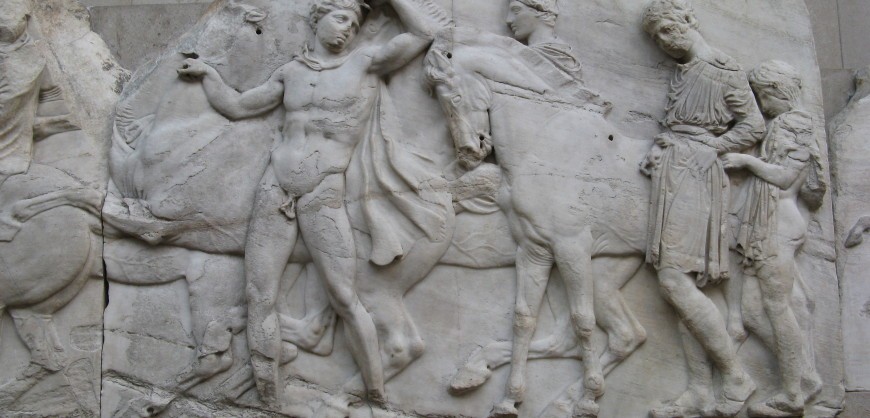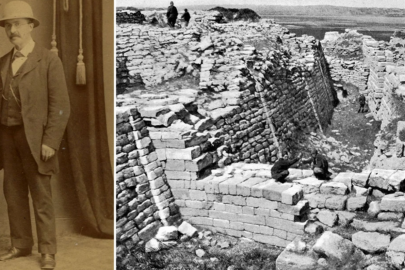In an article published on Monday by The Guardian, columnist Jonathan Jones, who writes on art for the British newspaper, expresses the opinion that the Parthenon Marbles are the world’s most beautiful art and explains why they should be given back to Greece.
After a recent trip to Athens the columnist is convinced that the beautiful sculptures demand a proper setting and that the Acropolis Museum is that place.
Jonathan Jones poses the following questions to his readers: What can you do with the world’s most beautiful art? Where does it belong? How should it be cared for and displayed?
The art in question is the array of sculpture created in Athens in the 5th century BC to decorate the Parthenon, the temple to Athena that still, today, dominates the skyline of the Greek capital, he explains.
The columnist believes that, in order to get to the just, right, sensible answer to the question “Where do the Parthenon sculptures really belong?” one has to take into consideration that this is the world’s most beautiful art, with only a handful of rivals in the highest rank of artistic achievement, such as the works of Leonardo da Vinci and Michelangelo.
“But the sculptures of the Parthenon were created 2,000 years before the masterpieces of the Renaissance. They have a life, energy, calm and grandeur all their own. The figures of reclining goddesses from the east pediment, for instance, are daunting yet yielding syntheses of mass and grace that are more like dreams than objects. The veins that throb on the horse-flanks of a centaur; the pathos of animals lowing at the sky as they are led to be sacrificed; such details add up to a consummate beauty that is, I repeat, rivaled only by the greatest art of the Renaissance,” says Mr. Jones.
The article goes on to explain the reasons why this beautiful art should be returned to its home.
“The sad truth is that in the British Museum, the Parthenon sculptures are not experienced at their best. For one thing, they’re shown in a grey, neoclassical hall whose stone walls don’t contrast enough with these stone artworks – it is a deathly space that mutes the greatest Greek art instead of illuminating it,” he states.
Greece, on the other hand, has already built a superb modern museum that it makes it easy to see how the sculptures fitted on the building, and how they work as an ensemble. It also has one advantage the British museum can never rival: you can look from the sculptures to the museum’s glass wall and see the Parthenon itself, making a sensual connection between the art and its architectural home.
The articles concludes by underlining that Greece has proved it loves this art and sees it for what it is. It is Greece, and not the British Museum, that deserves to be custodian of the world’s greatest art, for the world. And for art.





































